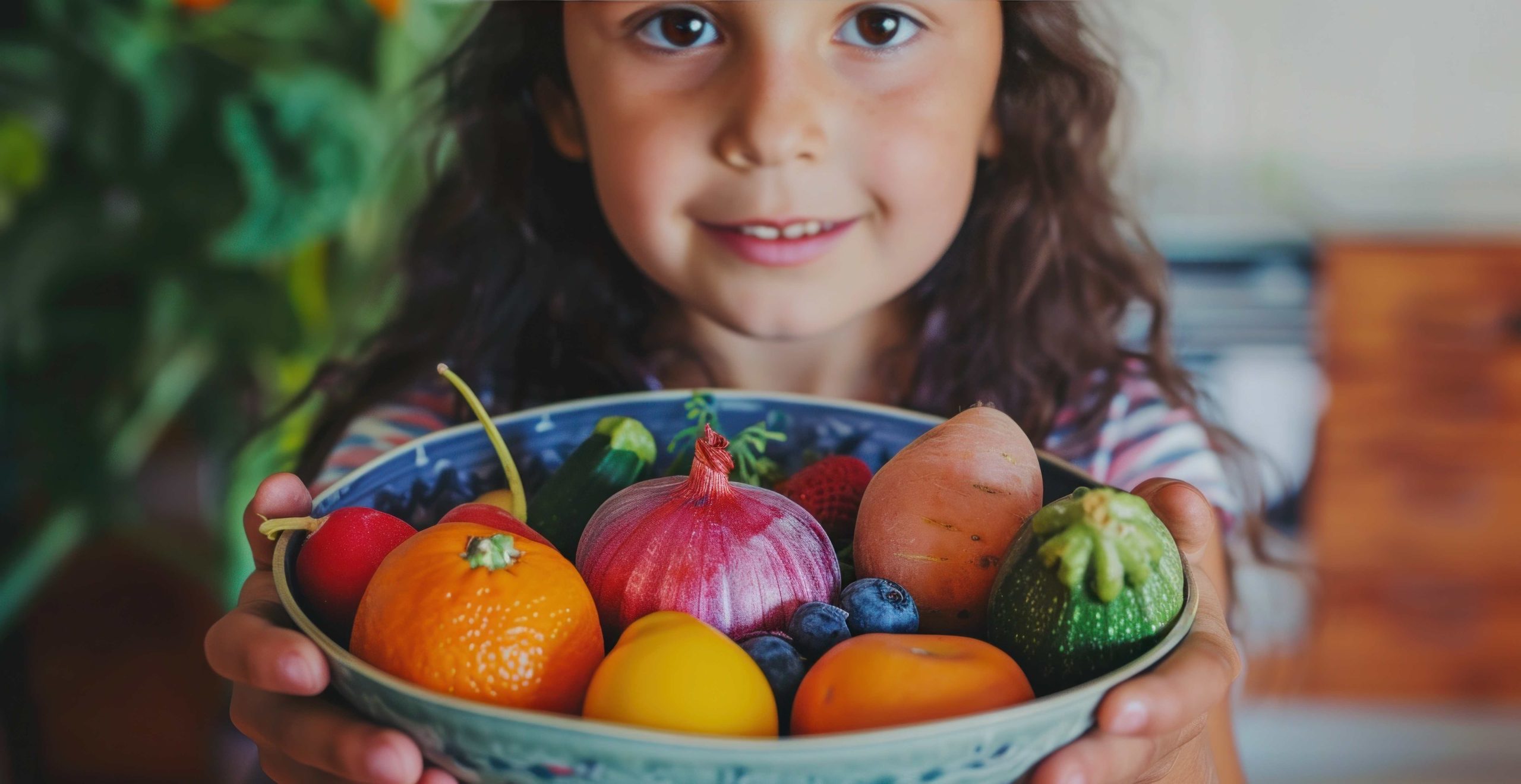
Creating a Healthy Plate for Preschoolers: Understanding their Nutritional Needs
As parents, we all want to ensure that our preschoolers are getting all the necessary nutrients for their growth and development. However, creating a healthy plate for preschoolers can be challenging. With so many conflicting ideas and information out there, it’s easy to get overwhelmed. But with a little knowledge, we can simplify the process and create a balanced and healthy meal for our little ones. In this article, we will delve into the nutritional needs of preschoolers and discuss how to create a healthy plate for them.
Nutritional Needs of Preschoolers
Preschoolers are at a crucial stage of their development, and their nutritional needs are essential. At this stage, their bodies are growing, and their brains are developing rapidly. According to the NHS, preschoolers need a balanced diet to provide them with the necessary nutrients, energy, and hydration.
Protein
Protein is essential for the growth and repair of the body’s tissues. It also provides a source of energy. Preschoolers should have a variety of protein sources, such as lean meat, fish, eggs, beans, lentils, and dairy products. As a guide, one portion of protein is about the size of the preschooler’s palm.
Carbohydrates
Carbohydrates provide energy to the body and brain, making them an essential nutrient for preschoolers. However, not all carbohydrates are created equal. Simple carbohydrates such as sweets and biscuits should be limited as they provide a quick burst of energy, but it quickly dissipates. Complex carbohydrates such as bread, pasta, rice, and potatoes should make up most of the preschooler’s diet.
Fats
Fats are also an essential nutrient, providing energy and supporting the body’s growth and development. However, not all fats are created equal. Saturated fats found in butter, cheese, and meat should be limited, while unsaturated fats found in oily fish, nuts, and seeds should make up most of the preschooler’s fat intake.
Fiber
Fiber is essential for the digestive system and helps prevent constipation. Preschoolers should have at least five portions of fruits and vegetables a day to provide them with the necessary fiber. Whole grain bread, rice, and pasta are also excellent sources of fiber.
Calcium
Calcium is essential for building strong bones and teeth. Preschoolers should have three portions of dairy products a day, such as milk, cheese, and yogurt. Non-dairy sources of calcium, such as tofu, broccoli, and almonds, can also be included in their diet.
Iron
Iron is essential for making red blood cells, which carry oxygen around the body. Preschoolers should have a variety of iron sources, such as lean meat, fish, eggs, beans, and fortified cereals. Vitamin C helps the body absorb iron, so it’s a good idea to combine iron-rich foods with fruits and vegetables.
Creating a Healthy Plate for Preschoolers
Now that we have an understanding of the nutritional needs of preschoolers, let’s create a healthy plate for them.
Vegetables and Fruits
Vegetables and fruits should make up at least half of the preschooler’s plate. The more colorful, the better as they contain a range of vitamins and minerals. Here are some examples:
- Broccoli
- Carrots
- Sweet potatoes
- Peas
- Berries
- Mangoes
- Bananas
- Oranges
Protein
Protein should make up a quarter of the preschooler’s plate. Here are some examples:
- Chicken
- Fish
- Eggs
- Lentils
- Beans
- Tofu
- Cheese
Carbohydrates
Carbohydrates should make up the remaining quarter of the preschooler’s plate. Here are some examples:
- Brown rice
- Whole meal bread
- Whole grain pasta
- Quinoa
- Potatoes
Healthy Snack Options for Preschoolers
In addition to creating a healthy plate for meals, it’s also important to offer healthy snack options for preschoolers. Here are some ideas:
- Fruit slices with yogurt dip
- Cheese and whole meal crackers
- Vegetable sticks with hummus
- Rice cakes with nut butter
- Popcorn (unsweetened and unsalted)
Tips for Encouraging Preschoolers to Eat a Healthy Plate
As any parent knows, getting preschoolers to eat a healthy plate can be a challenge. Here are some tips to encourage them:
- Make food fun and colorful. Use cookie cutters to make fun shapes out of vegetables or fruits.
- Involve preschoolers in the food preparation process. Let them help with washing fruits or vegetables or stirring a pot.
- Offer a variety of healthy options. Preschoolers may be more likely to try new foods if they have a choice.
- Be a role model. Preschoolers learn by example, so if they see parents or caregivers eating healthy food, they may be more likely to follow suit.
Creating a healthy plate for preschoolers doesn’t have to be difficult. By understanding their nutritional needs and offering a variety of healthy options, we can help our little ones grow and develop to their full potential. Remember to make food fun and involve preschoolers in the food preparation process. With a little patience and persistence, we can set our preschoolers up for a lifetime of healthy eating habits.
Importance of a Healthy Plate for Preschoolers
A healthy plate for preschoolers is critical to their physical, cognitive, and emotional development. Preschoolers need a balanced diet to meet their nutritional needs, which includes protein, carbohydrates, healthy fats, vitamins, and minerals. Eating a variety of healthy foods can also help prevent obesity, diabetes, heart disease, and other chronic illnesses later


